LGBTQIA+ Resources
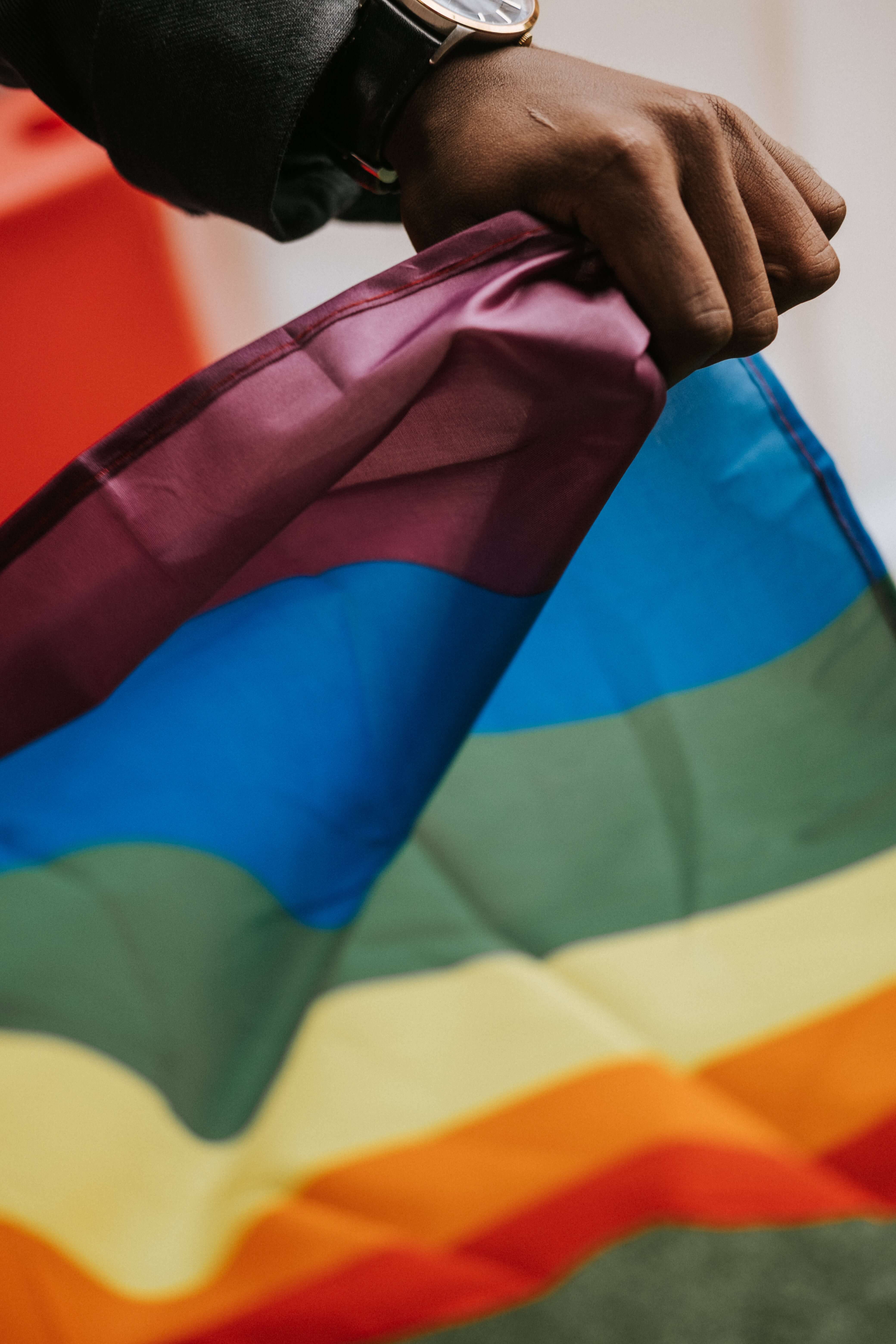
LGBTQIA+ people disproportionately have poorer mental health than the general population, this is largely because of the unique minority stressors they face due to their identity. Unfortunately, stigma, discrimination, prejudice, violence and microaggressions continue to exist for people who identify as LGBTQIA+. At the UNE Wellness Centre, we aspire to create a safe space for LGBTQIA+ students and support you throughout your studies at UNE.
What does LGBTQIA+ stand for?
The acronym LGBTQIA+ represents a diverse range of sexualities and genders, and stands for lesbian, gay, bisexual, transgender, queer or questioning, intersex, asexual and others. The + symbol can denote inclusion of other sexualities that are not represented by the acronym or used as an inclusive identity label. There are many other terms used to describe sexual and gender identities around the world, typically rooted within culture and as such you may come across different and equally valid variations of the LGBTQIA+ acronym. One such variation is LGBTQIA+SB which includes Aboriginal and Torres Straight Islander terms Sistergirl and Brotherboy.
Asexuality, sometimes called “ace” refers to the experience of little to no romantic interest or sexual attraction to others and little to no desire or interest in sexual activity with others. Asexuality exists on a continuum and there are many identify labels used by ace folks. GLAAD has a great guide to help you find your ace community. Bisexuality is best defined by Robyn Ochs as the potential to be attracted – romantically and/or sexually – to people of more than one gender, not necessarily at the same time, not necessarily in the same way, and not necessarily to the same degree. Lesbian is a term used exclusively by women who attracted romantically, emotionally or sexually to other women. Queer was historically used as a derogatory term against people who did not identify as cisgender or heterosexual. It continues to be viewed as such by some individuals within the LGBTQIA+ community, whereas others within the community use queer as an identity label or umbrella term. It is important to respect an individual’s choice when it comes to identity labels, so make sure you only use terms that the individual is comfortable with and stop using them if they are not. The term questioning is used in different ways, it can refer to an individual who or a time when someone is unsure about or exploring their sexual identity or gender identity. Gender and biological sex are not the same thing. Gender is a social construct and can refer to identity which is the internal perception of one’s gender or expression which is the external display of one’s gender. There are multiple genders which can include man, woman, trans man, trans woman, non-binary, genderfluid, genderqueer… Biological sex refers to the chromosomal, hormonal and anatomical characteristics which have been used to classify an individual as female, male or intersex. It is sometimes referred to as sex assigned at birth. Cisgender is a term used to refer to an individual whose sex assigned at birth corresponds with their gender identity. Intersex refers to variations of biological sex characteristics which may differ from the “expected” patterns of biological males or females. First Nations peoples have always recognised and celebrated individuals with trans and diverse genders. Sistergirl and Brotherboy are Aboriginal and Torres Straight Islander terms that refer to the masculine and feminine spirit within a person. The terms can relate to a person that is non-binary or trans- gender, and may or may not relate to how that person presents themselves. Typically, a Brotherboy is someone who was assigned female at birth (AFAB) who has a masculine spirit and engages in typically masculine roles within the community; and Sistergirl refers to someone who was assigned male at birth (AMAB) who has a feminine spirit and presents and/or engages in typically feminine ways like going to women's dancing and ceremonies. Read more about Sistergirls and Brotherboys in this article and at TransMob. Pronouns are words used to refer to a person. Gendered pronouns include he/him/his and she/her/hers for people who identify as a man or a woman. Gender neutral pronouns can include they/them/theirs which are typically used by non-binary or gender fluid folks. You may wish to normalise the use of pronouns by sharing your own when introducing yourself.Terminology
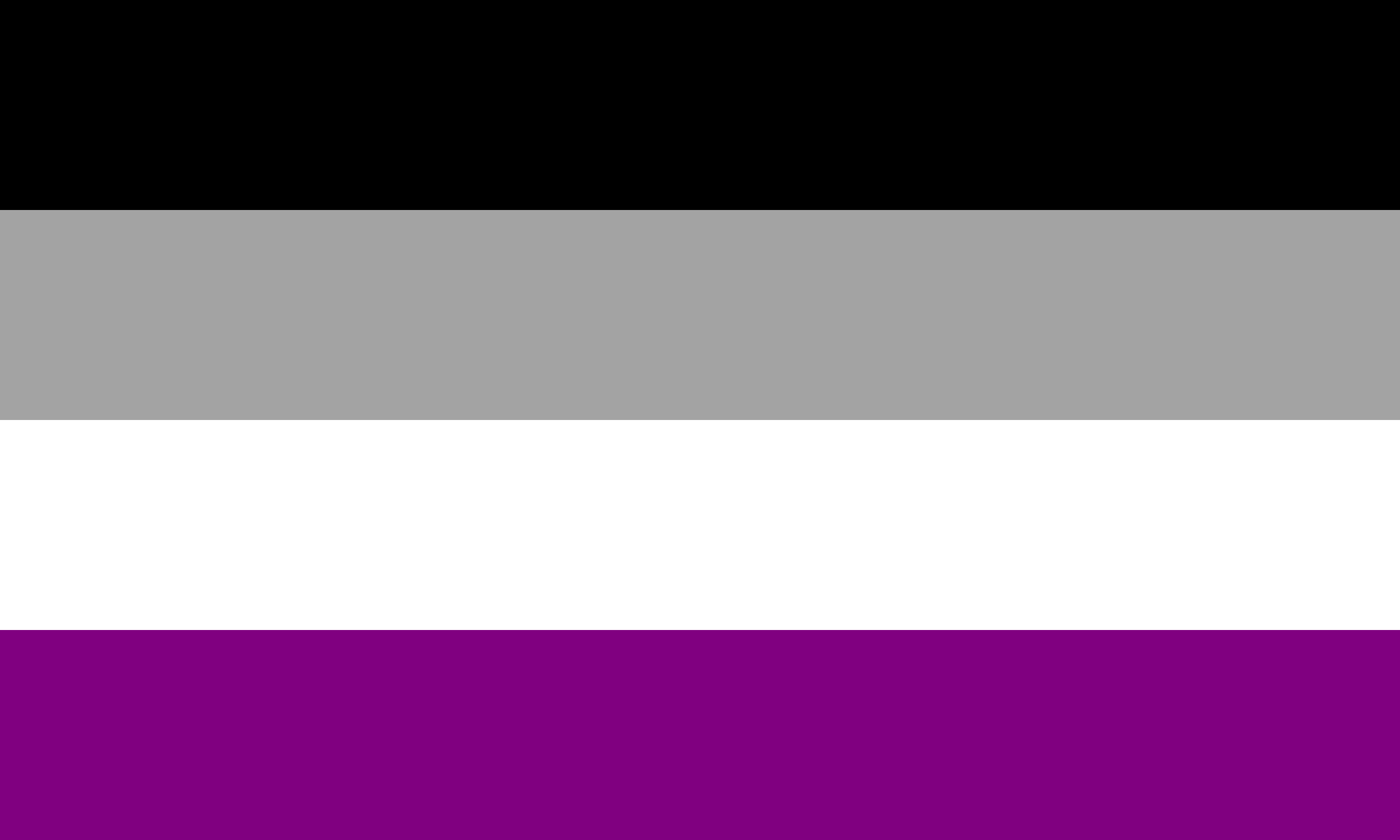
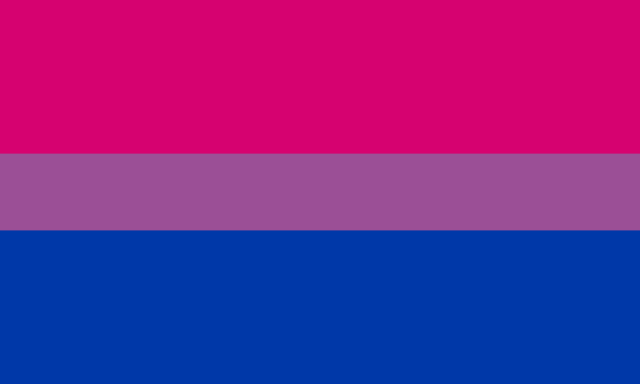
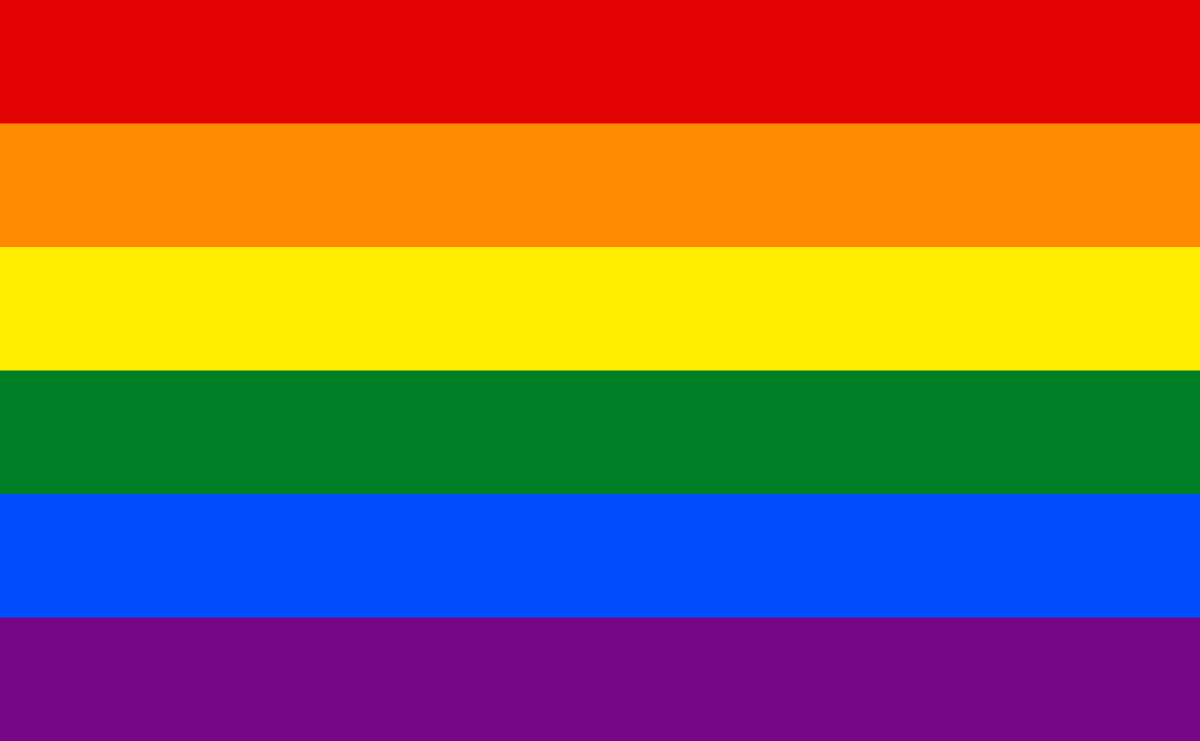 Gay is a sexual orientation that refers to the exclusive or predominate sexual, emotional and/or romantic attraction to people of the same gender. This is typically used by men who are attracted to men.
Gay is a sexual orientation that refers to the exclusive or predominate sexual, emotional and/or romantic attraction to people of the same gender. This is typically used by men who are attracted to men.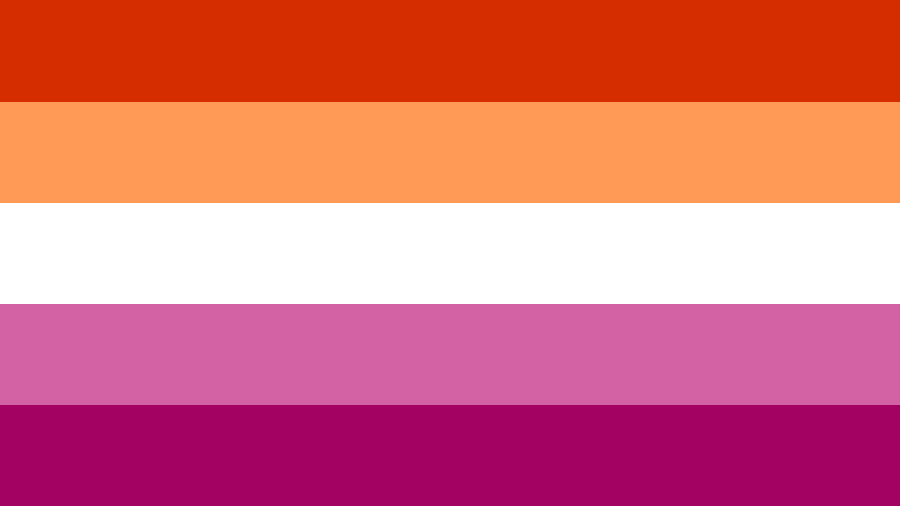
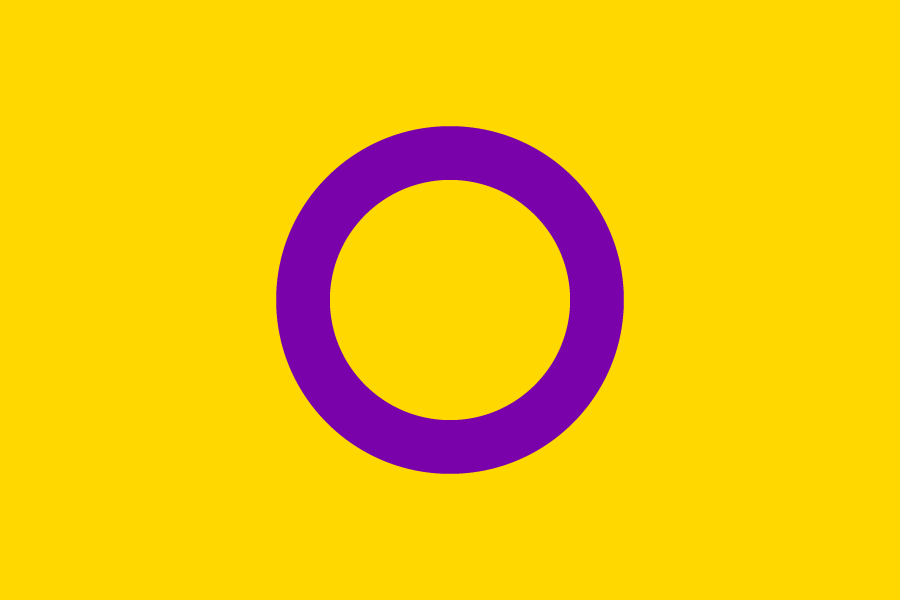
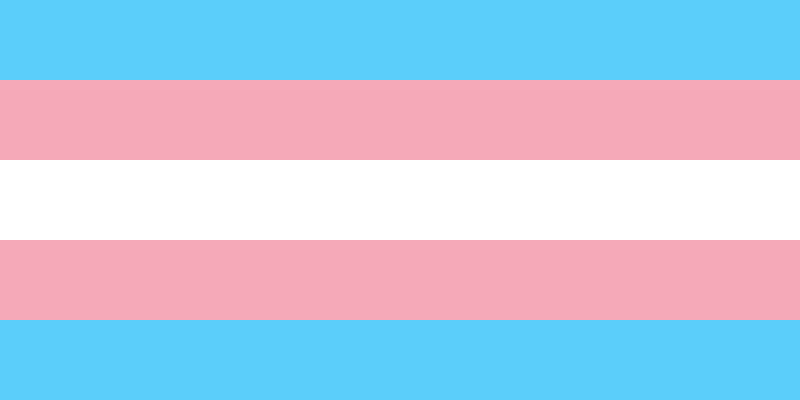 Transgender is a gender description or label used by someone who has transitioned or is transitioning from living as one gender to another. It is also an umbrella term used for individuals whose sex assigned at birth does not correspond to their gender identity or expression. Trans* is commonly used within this group to refer to the range of identities that differ from socially-defined gender norms i.e., someone who is not a cisgender man or woman. Work towards trans and gender diverse inclusion with ACON’s language guide.
Transgender is a gender description or label used by someone who has transitioned or is transitioning from living as one gender to another. It is also an umbrella term used for individuals whose sex assigned at birth does not correspond to their gender identity or expression. Trans* is commonly used within this group to refer to the range of identities that differ from socially-defined gender norms i.e., someone who is not a cisgender man or woman. Work towards trans and gender diverse inclusion with ACON’s language guide.

